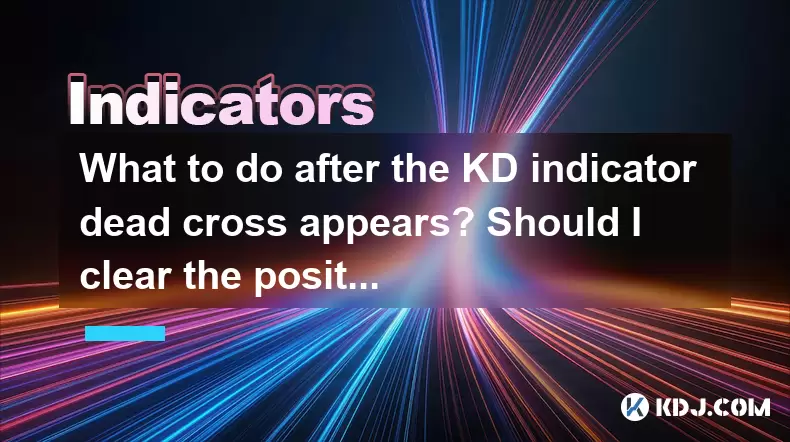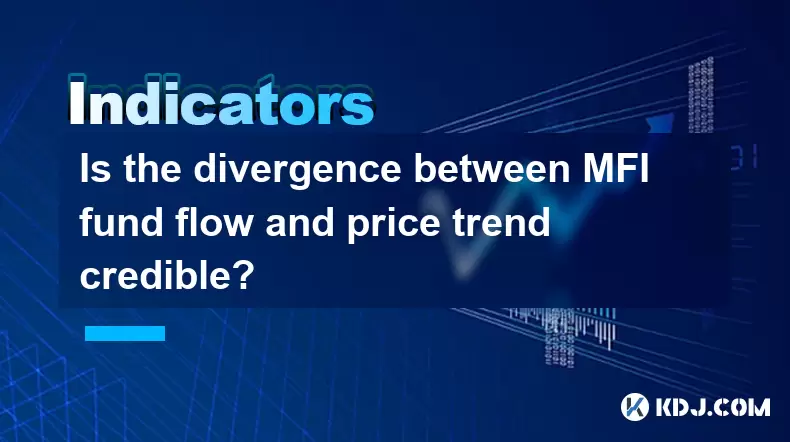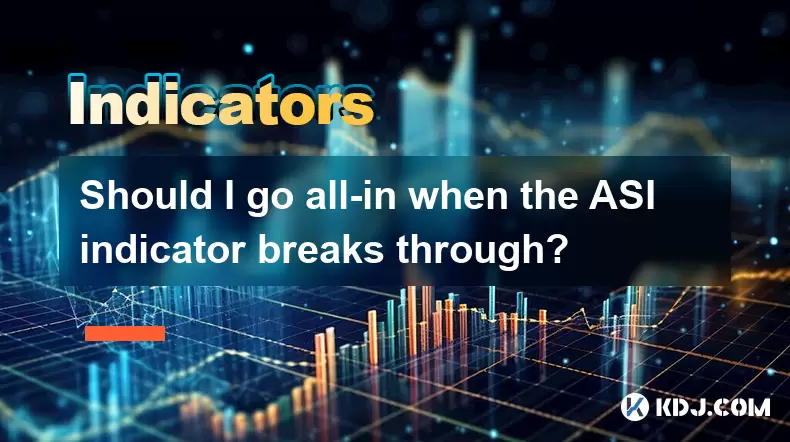-
 Bitcoin
Bitcoin $115200
-2.62% -
 Ethereum
Ethereum $3616
1.07% -
 XRP
XRP $3.063
0.34% -
 Tether USDt
Tether USDt $1.000
-0.07% -
 BNB
BNB $759.1
0.49% -
 Solana
Solana $176.7
-3.61% -
 USDC
USDC $1.000
0.01% -
 Dogecoin
Dogecoin $0.2253
-2.94% -
 TRON
TRON $0.3143
2.94% -
 Cardano
Cardano $0.7940
1.65% -
 Hyperliquid
Hyperliquid $42.07
-0.47% -
 Stellar
Stellar $0.4139
0.20% -
 Sui
Sui $3.638
0.33% -
 Chainlink
Chainlink $17.42
-1.28% -
 Bitcoin Cash
Bitcoin Cash $524.4
4.55% -
 Hedera
Hedera $0.2365
-0.41% -
 Avalanche
Avalanche $23.04
-0.56% -
 Litecoin
Litecoin $111.3
1.30% -
 UNUS SED LEO
UNUS SED LEO $8.965
-0.37% -
 Shiba Inu
Shiba Inu $0.00001329
-0.48% -
 Toncoin
Toncoin $3.089
-0.70% -
 Ethena USDe
Ethena USDe $1.001
-0.05% -
 Polkadot
Polkadot $3.933
-1.40% -
 Uniswap
Uniswap $9.946
0.42% -
 Monero
Monero $322.6
2.58% -
 Dai
Dai $0.9999
-0.01% -
 Bitget Token
Bitget Token $4.442
-2.39% -
 Pepe
Pepe $0.00001198
-2.43% -
 Aave
Aave $285.4
0.72% -
 Cronos
Cronos $0.1292
6.51%
What to do after the KD indicator dead cross appears? Should I clear the position?
A dead cross on the KD indicator signals a potential bearish shift, but consider market context and other indicators before deciding to clear your position.
May 31, 2025 at 04:56 pm

When the KD indicator, also known as the Stochastic Oscillator, shows a dead cross, it is a signal that the momentum of the asset might be shifting from bullish to bearish. This event can create a lot of uncertainty for traders, especially those who are holding positions. In this article, we will explore what actions you might consider after observing a dead cross on the KD indicator and whether it is advisable to clear your position.
Understanding the KD Indicator Dead Cross
The KD indicator is a momentum indicator that compares a closing price of a cryptocurrency to its price range over a certain period of time. A dead cross occurs when the %K line crosses below the %D line, suggesting that the asset's price might start to decline. The appearance of a dead cross is often interpreted as a sell signal by many traders.
When you see a dead cross, it's important to understand that while it indicates a potential bearish shift, it is not a guaranteed predictor of future price movements. Other factors such as market conditions, news, and broader trends should also be considered before making a trading decision.
Assessing the Market Context
Before deciding on any action, it's crucial to assess the broader market context. Look at the overall trend of the cryptocurrency you are trading. If the asset has been in a strong uptrend, a single dead cross might not be enough to warrant a full exit from the position. Conversely, if the market is showing signs of weakness or if there are other bearish indicators, the dead cross might reinforce the need to act.
Consider the following elements when assessing the market:
- Volume: Is there a significant increase in trading volume accompanying the dead cross? High volume can confirm the strength of the bearish signal.
- Other Indicators: Are other technical indicators, such as the Relative Strength Index (RSI) or Moving Averages, also showing bearish signals?
- News and Events: Are there any recent news or events that could impact the price of the cryptocurrency?
Options for Position Management
After understanding the market context, you have several options for managing your position. The decision to clear the position entirely or to take other actions depends on your trading strategy, risk tolerance, and the specific situation.
Option 1: Clearing the Position
If the dead cross, combined with other bearish signals and market conditions, suggests a strong potential for a price decline, clearing the position might be the safest option. This means selling all your holdings to avoid potential losses. To do this:
- Open your trading platform: Access your account where the position is held.
- Navigate to the open positions: Find the section where your current trades are listed.
- Select the position you want to close: Click on the specific cryptocurrency position you are looking to clear.
- Choose the 'Sell' option: This will initiate the process of selling your holdings.
- Confirm the transaction: Review the details and confirm the sale.
Option 2: Partial Position Reduction
If you are not convinced that the dead cross is a definitive sell signal but still feel cautious, you might opt for a partial reduction of your position. This involves selling a portion of your holdings to reduce risk while keeping some exposure to potential upside.
To partially reduce your position:
- Determine the percentage you want to sell: Decide how much of your holdings you are comfortable selling.
- Open your trading platform: Access your account.
- Navigate to the open positions: Find your current trades.
- Select the position you want to partially close: Click on the cryptocurrency position.
- Choose the 'Sell' option: Enter the amount you wish to sell, which should be less than your total holdings.
- Confirm the transaction: Review and confirm the sale.
Option 3: Setting a Stop-Loss Order
Another strategy is to set a stop-loss order. This allows you to limit potential losses by automatically selling your position if the price falls to a certain level. Setting a stop-loss can help you manage risk without immediately exiting your position.
To set a stop-loss order:
- Open your trading platform: Access your account.
- Navigate to the open positions: Find the section where your current trades are listed.
- Select the position you want to protect: Click on the specific cryptocurrency position.
- Choose the 'Stop-Loss' option: This will open a menu where you can set the stop-loss level.
- Enter the stop-loss price: Decide on the price at which you want your position to be automatically sold.
- Confirm the stop-loss order: Review the details and confirm the order.
Option 4: Holding the Position
If you believe that the dead cross is a false signal or that the market conditions are still favorable, you might choose to hold your position. Holding requires confidence in your analysis and a higher risk tolerance. Monitor the market closely for any changes that might require a shift in strategy.
Monitoring and Adjusting Your Strategy
Regardless of the initial action you take after a dead cross, continuous monitoring and adjustment of your strategy are essential. The cryptocurrency market can be highly volatile, and conditions can change rapidly. Regularly review your positions and the market environment to ensure that your actions remain aligned with your trading goals and risk tolerance.
To effectively monitor and adjust:
- Keep an eye on the KD indicator: Continue to watch for any new signals, such as a golden cross, which might indicate a reversal.
- Stay updated with market news: News can significantly impact cryptocurrency prices, so staying informed is crucial.
- Reassess other technical indicators: Regularly check other indicators to see if they align with the KD indicator's signals.
- Review your risk management strategy: Ensure that your stop-loss levels and position sizes are still appropriate given the current market conditions.
FAQs
Q1: Can a dead cross on the KD indicator be a false signal?
Yes, a dead cross can sometimes be a false signal. It is important to consider other indicators and market conditions to validate the signal before making any trading decisions.
Q2: How often should I check the KD indicator for signals?
The frequency of checking the KD indicator depends on your trading style. For day traders, checking it frequently throughout the trading day is common. For swing traders or long-term investors, checking it daily or weekly might be sufficient.
Q3: Is it possible to use the KD indicator alongside other indicators for better accuracy?
Yes, combining the KD indicator with other technical indicators, such as the RSI or Moving Averages, can provide a more comprehensive view of market conditions and potentially increase the accuracy of your trading signals.
Q4: What time frame should I use for the KD indicator?
The choice of time frame for the KD indicator depends on your trading strategy. Shorter time frames (e.g., 15-minute or hourly charts) are suitable for day trading, while longer time frames (e.g., daily or weekly charts) are better for swing trading or long-term investing.
Disclaimer:info@kdj.com
The information provided is not trading advice. kdj.com does not assume any responsibility for any investments made based on the information provided in this article. Cryptocurrencies are highly volatile and it is highly recommended that you invest with caution after thorough research!
If you believe that the content used on this website infringes your copyright, please contact us immediately (info@kdj.com) and we will delete it promptly.
- StablecoinX's $360 Million Bet: Forging the Ethena Treasury
- 2025-07-25 15:30:12
- Ethereum's Wild Ride: Navigating Volatility and New Risks
- 2025-07-25 15:10:12
- Ethereum Inflows Outpace Bitcoin Outflows: Institutional Adoption Heats Up
- 2025-07-25 15:30:12
- XRP, Ripple, and Liquidations: Navigating the Crypto Turbulence
- 2025-07-25 15:35:12
- Ethereum vs. Bitcoin: Galaxy CEO Novogratz Weighs In
- 2025-07-25 15:35:12
- Ethereum, Injective, and Tokenizing Treasuries: A New Era for Corporate Finance
- 2025-07-25 15:40:12
Related knowledge

Is the divergence between MFI fund flow and price trend credible?
Jul 25,2025 at 12:01pm
Understanding MFI and Fund Flow in Cryptocurrency MarketsThe Money Flow Index (MFI) is a technical oscillator that combines price and volume to assess...

Should I go all-in when the ASI indicator breaks through?
Jul 25,2025 at 01:56pm
Understanding the ASI Indicator and Its SignificanceThe Accumulation Swing Index (ASI) is a technical analysis tool developed by Welles Wilder, the sa...

Should I go all in when DIF crosses DEA?
Jul 25,2025 at 12:42am
Understanding DIF and DEA in MACD AnalysisWhen traders analyze DIF and DEA in the context of the Moving Average Convergence Divergence (MACD) indicato...

Should I go all in when the upper edge of the box is broken?
Jul 25,2025 at 01:50am
Understanding the 'Box' in Cryptocurrency Price ChartsThe term 'box' in cryptocurrency trading typically refers to a price consolidation range where t...

Should I go all in when the parabolic turning signal appears?
Jul 25,2025 at 06:36am
Understanding the Parabolic Turning Signal in Crypto TradingThe parabolic turning signal is a technical indicator derived from the Parabolic SAR (Stop...

Should I follow up with a full position when the trading volume suddenly increases?
Jul 25,2025 at 12:28am
Understanding Sudden Increases in Trading VolumeA sudden spike in trading volume often signals heightened market activity and can indicate that new in...

Is the divergence between MFI fund flow and price trend credible?
Jul 25,2025 at 12:01pm
Understanding MFI and Fund Flow in Cryptocurrency MarketsThe Money Flow Index (MFI) is a technical oscillator that combines price and volume to assess...

Should I go all-in when the ASI indicator breaks through?
Jul 25,2025 at 01:56pm
Understanding the ASI Indicator and Its SignificanceThe Accumulation Swing Index (ASI) is a technical analysis tool developed by Welles Wilder, the sa...

Should I go all in when DIF crosses DEA?
Jul 25,2025 at 12:42am
Understanding DIF and DEA in MACD AnalysisWhen traders analyze DIF and DEA in the context of the Moving Average Convergence Divergence (MACD) indicato...

Should I go all in when the upper edge of the box is broken?
Jul 25,2025 at 01:50am
Understanding the 'Box' in Cryptocurrency Price ChartsThe term 'box' in cryptocurrency trading typically refers to a price consolidation range where t...

Should I go all in when the parabolic turning signal appears?
Jul 25,2025 at 06:36am
Understanding the Parabolic Turning Signal in Crypto TradingThe parabolic turning signal is a technical indicator derived from the Parabolic SAR (Stop...

Should I follow up with a full position when the trading volume suddenly increases?
Jul 25,2025 at 12:28am
Understanding Sudden Increases in Trading VolumeA sudden spike in trading volume often signals heightened market activity and can indicate that new in...
See all articles

























































































